Table of Contents
AR allows individuals to be present in the world, allowing them to make improvements on what’s happening presently. —Tim Cook
Though AR was introduced in the 1990s, it could have never become mainstream until the pioneers like Apple and Google started working on it, showing the power of AR to the world. After the announcement of the introduction of AR to Google Search and declaring numerous future plans with Augmented Reality, the companies have created ample buzz around this technology, making it a burning topic for research and development. AR definitely holds a humongous opportunity for the companies as well as the users in the future, not just for gaming but for the utility as well and this can be clearly seen in the future development plan of Facebook, that is to implement AR and VR for “supercharging remote work and productivity”, looking up its emerging need in this pandemic(COVID-19).
Have you ever tried your hands on the apps like Lenskart and PokemonGo, and got enthralled with the amazing blend of the imaginative digital world and the reality- the idea on which Augmented Reality actually works. As we know that our brain is the most powerful 3D computer in the world, comprehending 3D pictures and videos is way too easier than the plain text and image. So, what if you could also incorporate AR into your business and convey your ideas more effectively, thereby enhancing customer interaction.
Augmented Reality(AR) is no more a new thing, it has been there for a while in fact, growing exponentially as well as gaining immense popularity among the businesses and consumers, which can be gauged through the following statistics:
- Around 100 Million consumers are expected to shop in AR-based stores by 2020, Gartner.
- It is anticipated that the number of Augmented Reality app downloads will reach up to 5.5 Billion until the year 2022, Statista.
AR is not restricted to a specific sector, rather it has marked its presence in almost every field ranging from education to the healthcare sector, entertainment, and eCommerce. Looking up to the adequacies of AR, the companies are showing a lot of interest in the technology and are including it into their business in various ways-
- Triggered Augmented Reality
In the Triggered Augmented Reality, the augmentation takes place on a triggering event which can be anything like a marker, location, live video, or a combination of all. For Example, a dynamic Augmented Reality app called Caratlane allows you to try out the accessories on yourself live on screen. Or the location-based Augmented Reality app such as Find My Car or GPS tracking software, which uses your location and helps you to find the location where your car is parked. Or a combination of all, that is, Google Glass, which retrieves data from the internet using a combination of triggers like markers, GPS Location, etc. - Indirect Augmented Reality
In this type of Augmented Reality, the augmentation takes place on the static view of an object that is a picture. The app detects the elements in the image and then allows you to augment the changes in it. For Example, Asian Paints allows you to take a picture of your room and paint the walls to check which color goes well with your choice. Facilitating the customers to test and then invest, it helps the customer in the decision making and invests in the right place.
There are various tools that prove to be extremely useful in developing Augmented Reality apps. Let’s check out the top 5 most trending Augmented Reality app development tools.
Top 5 Tools for building Augmented Reality Mobile Apps
SDK (Software Development Kit), one of the deciding factors of the quality of your application, plays a conspicuous role in the software development process. An augmented reality SDK is a software engine that controls the Augmented Reality app development and performance, aiming to combine the digital information with the real world and bringing out a perfect blend in the face of the services offered by the app. Though there are numerous AR toolkits available in the market, let’s check out the top 5 tools that are heading the list.
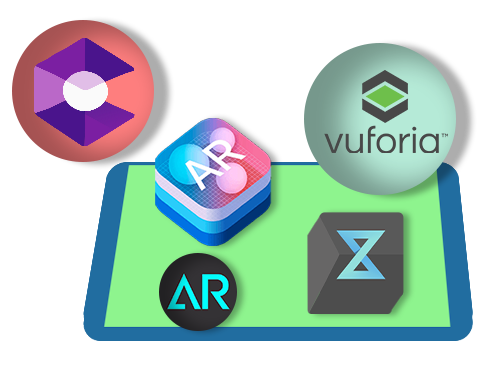
-
1. Vuforia
Vuforia, now considered as a product of PTC Inc, was created by Qualcomm. Vuforia is one of the most popular SDK for developing Augmented Reality Apps for iOS, Android as well as Unity. Vuforia SDK is written in C++ and gives access to its API(Application Programming Interface) on mobile platforms as per the Operating Systems accordingly such as for Android API, the SDK is provided on Java, for Unity API on C#, for iOS API, the SDK is provided on C++.
Vuforia SDK comes with features like Image and Object recognition, Extended tracking, Ground plane as well as supports both cloud and local storage, making it an ideal choice for Augmented Reality app development.
Price:
Vuforia offers 3 distribution plans, each facilitating a distinct set of features accordingly.-
Basic- $42 per month (For Students, Beginners, and Small Businesses)
Basic + Cloud License- $99 per month(For Small Businesses)
Pro- as per the norms(For all companies)
-
2. AR ToolKit
According to Businesswire, AR ToolKit, an open-source library created in 2001, is the most popular AR-based application development toolkit with approximately 1 million downloads to date. The most common problem that is faced in an Augmented Reality app is to understand the viewpoint as well as the angle at which a user is looking at the object or placing the camera, which serves as an input for the app in order to track the real-world object and draw a virtual image for the user.
In order to resolve this issue, ARToolKit makes the use of computer vision algorithms as well as video tracking libraries, which tracks the camera calibration as well as the orientation of the object, and then creates virtual imagery for the same. The ARToolkit, supporting the native camera, GPS, multiple languages, and distributed over the operating system such as Windows, Linux, SGI IRIX, and macOS, is known for its high-speed performance, hence considered as a perfect fit for Augmented Reality app development.
Price: Free
-
3. Google ARCore
Google AR Core, being a product of Google, is a powerful Augmented Reality app development tool that targets a broader audience by making the application compatible with normal smartphones as well, rather than restricting it to a high definition expensive device. Google AR Core works on Java/ open GL, Unity as well as Unreal and is available for free. Some of the highlighting features of Google ARCore are:
- Motion Tracking: Google AR Core facilitates 6DoF, making it easier to track the position and orientation of the phone during the motion in real-time.
- Understanding the environment and empowering to measure and identify the size and location often flat surfaces such as a coffee table.
- Light estimation: allowing the application to assess and adjust the lighting of the surrounding, making it more realistic in appearance.
Price: Free
-
4. Apple ARKit
ARKit, Apple’s contribution to the AR world, was introduced in the year 2017. The ARKit comes with a lot of astonishing features like people occlusion, motion capture, simultaneous use of front and back camera, multiple face tracking at a time, collaborative sessions useful for scenarios like multiplayer games, etc.
Despite being restricted to iOS users, the number of downloaded Augmented Reality apps developed by AR Kit are quite impressive. Being free of cost as well as packed with such amazing features, a monstrous number of AR applications have been developed since its release. According to TechCrunch, a whopping number of 13 million ARKit based applications have been downloaded since its release, clearly shouting about its popularity in the market.Price: Free
-
5. Max ST
MaxST is a leading Augmented Reality app development toolkit introduced in 2010, which claims to majorly focus on the research and development of Augmented Reality. MaxST comes in 2 versions that are 2D toolkit and 3D toolkit, the former works on the 2D images, spaces, etc. and the latter is capable of detecting, tracking, scanning the 3D real-life objects. MaxST works on components like image tracker, object tracker, QR scanner, etc. Unlike AR Kit, MaxST is compatible with multiple platforms like Android, iOS, Windows, Mac Os.
Price:
MaxST comes with following pricing plans-
- Free version
- Pro-One time fee – $499
- Pro-Subscription – $599 per year
- Enterprise version
Conclusion
Visualize your imaginations/thoughts in reality.
Augmented Reality(AR) has dramatically changed how we interact with the data by increasing the dimensions and diminishing the dependency on the external things like a piece of paper or tiny screens, for knowledge or information. AR mainly focuses on increasing brain productivity instead of chasing the learning curve, thereby benefiting various sectors.
AR is definitely going to rule the future, hence its time to think beyond the confines of spaces, and innovate your business. The more effectively you convey your business idea and message to the customer, the more he will relate and invest in your business. Hence, a well narrated AR-enabled application could work here, Hire an AR Developer, and boost your business as never before.












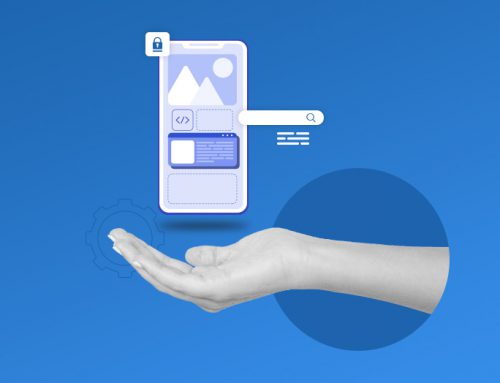
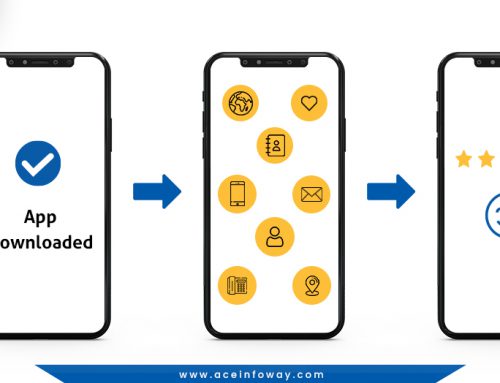
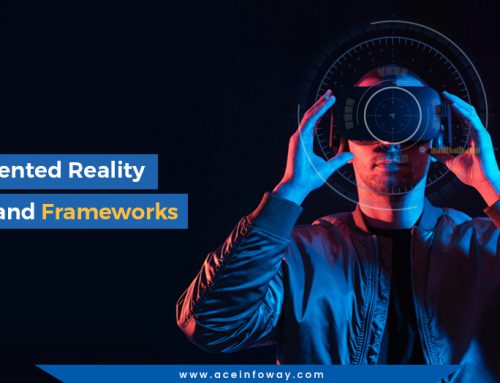
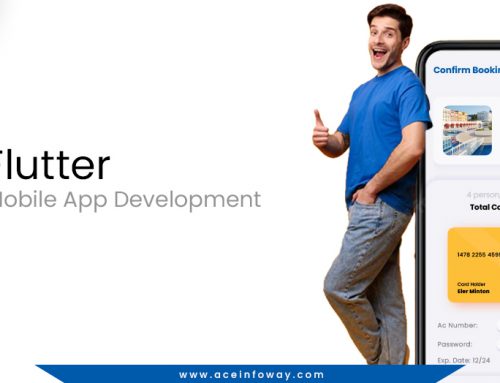
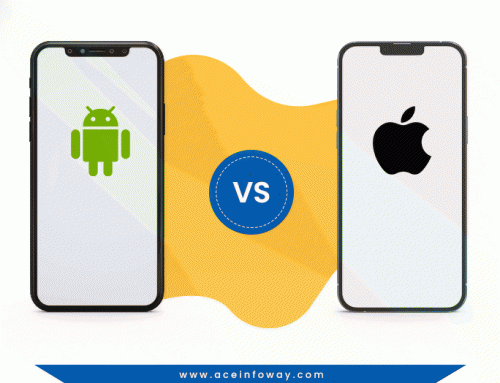









Leave A Comment